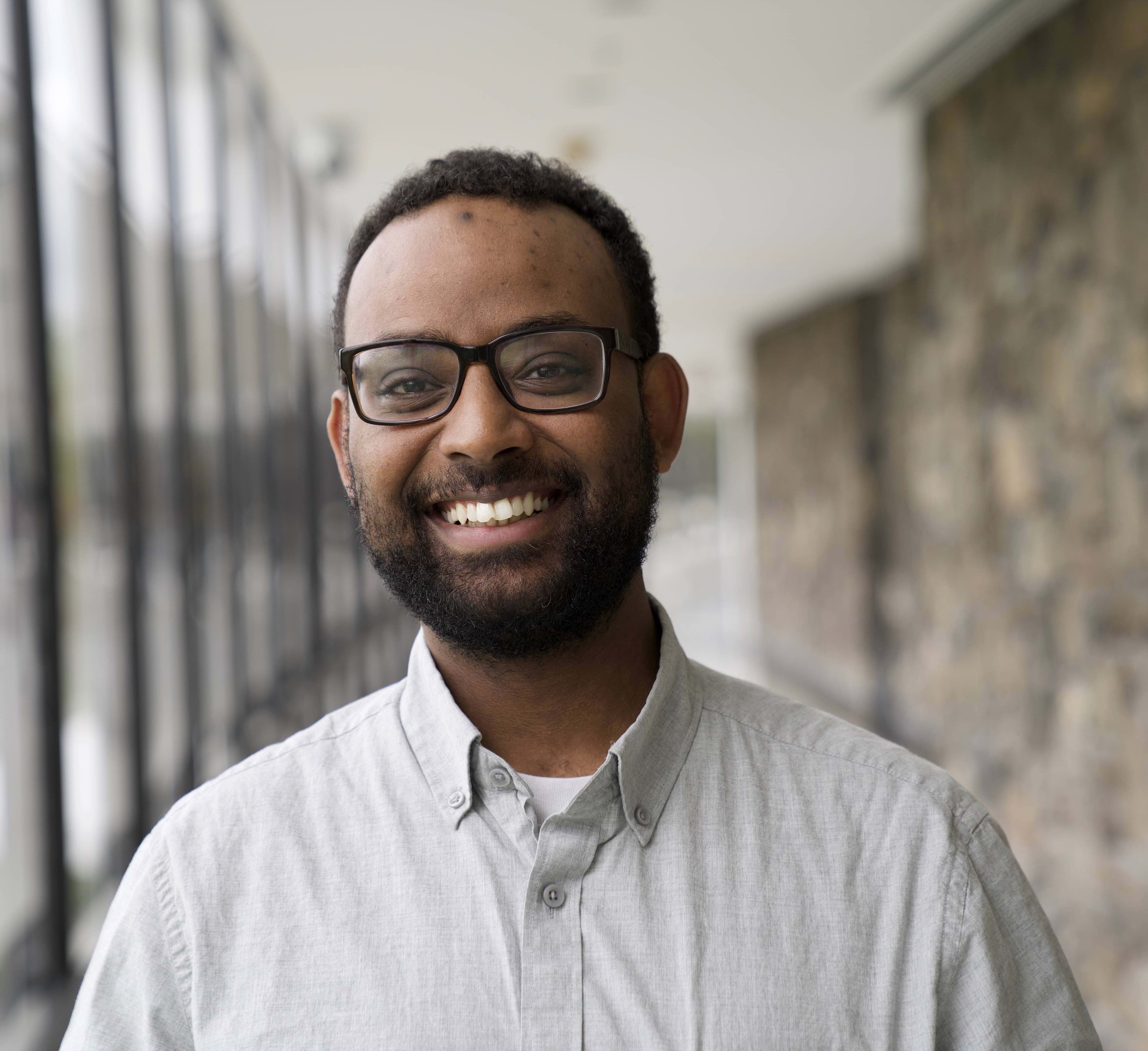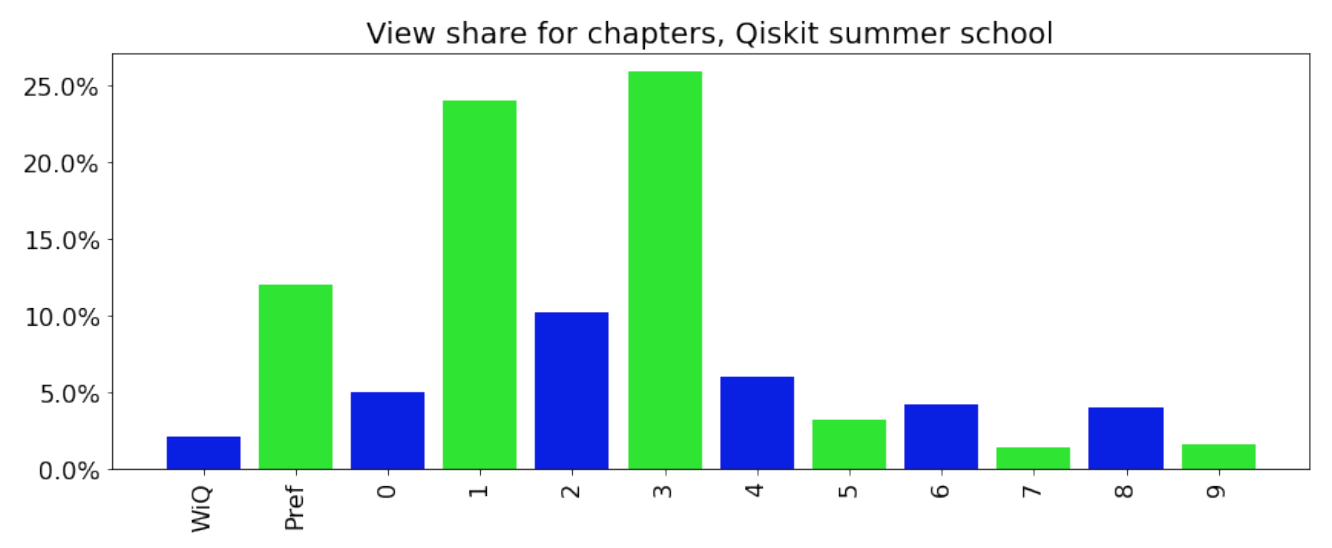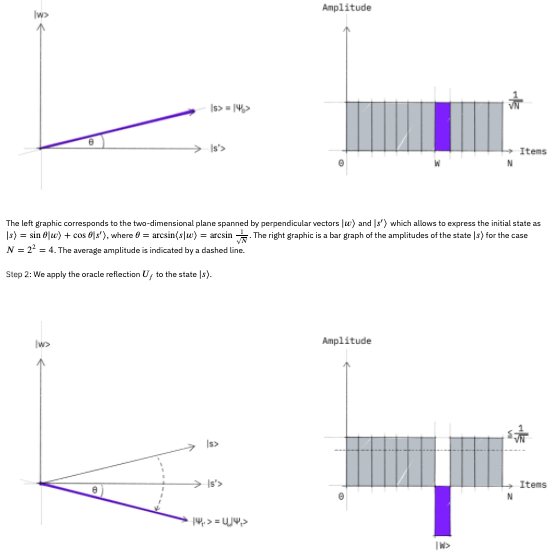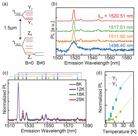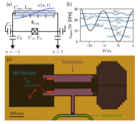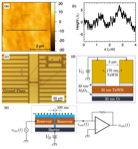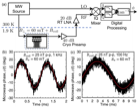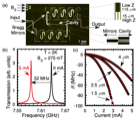Abraham Asfaw
Selam! My name is Abraham Asfaw, and I am a quantum computing experimentalist and educator. I completed my Ph.D. at Princeton University in the Department of Electrical Engineering, where I was advised by Prof. Stephen Lyon. My research interests are primarily in quantum computation, quantum optics, and condensed matter physics. My graduate work focused on tracking and stabilizing magnetic fields at the parts-per-billion level for quantum computers based on electron spin qubits, and using the kinetic inductance of disordered superconductors to make novel devices for pulsed electron spin resonance experiments. I have also worked on transport measurements of electrons floating on superfluid helium.
Outside academics, I enjoy swimming, DJing, and writing code in Python.
